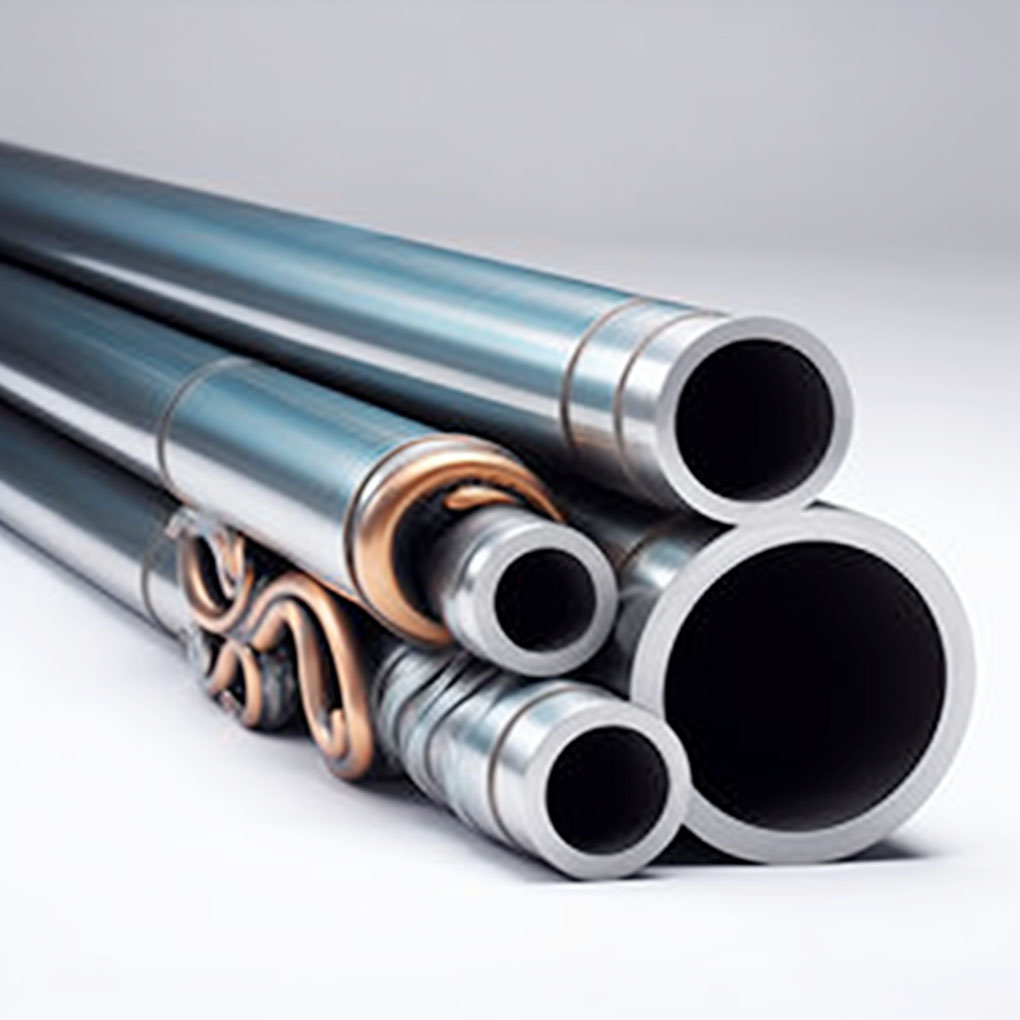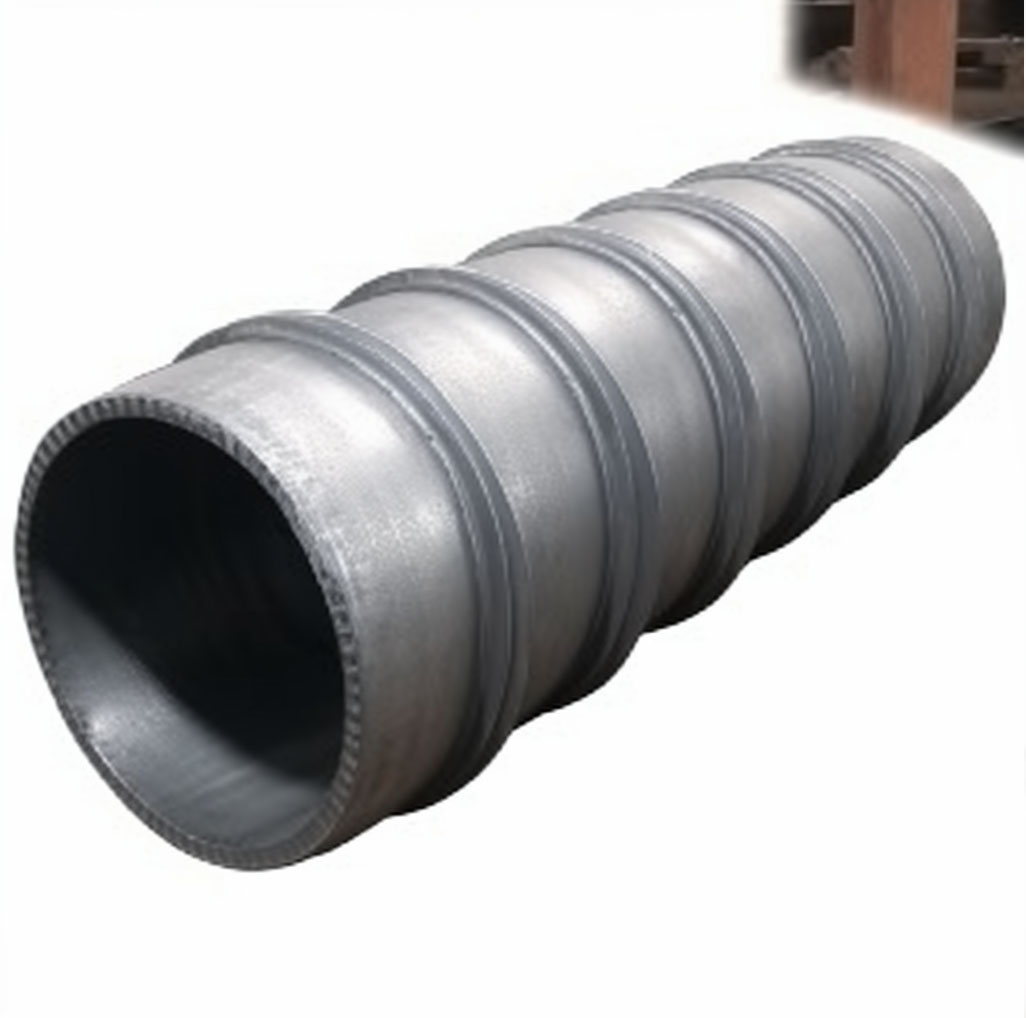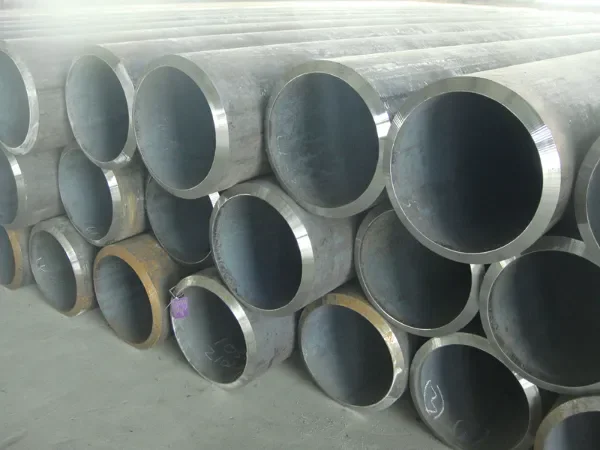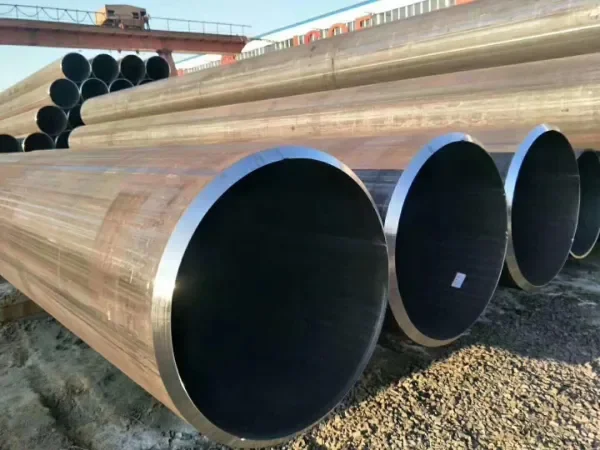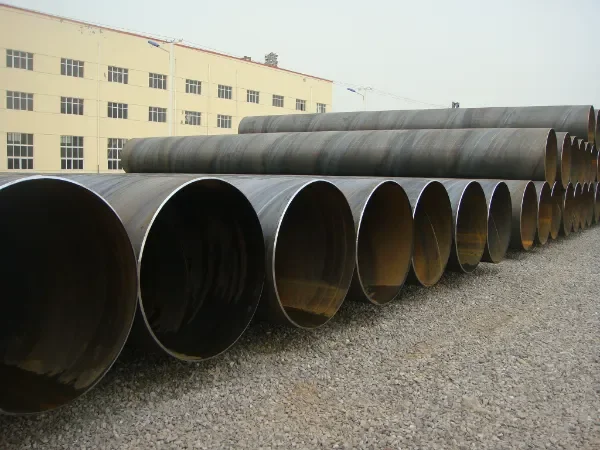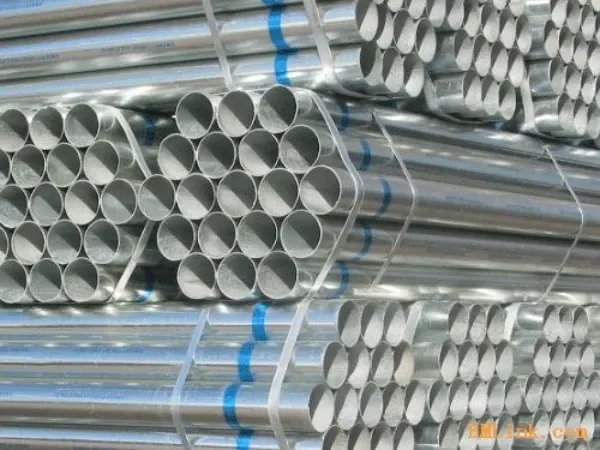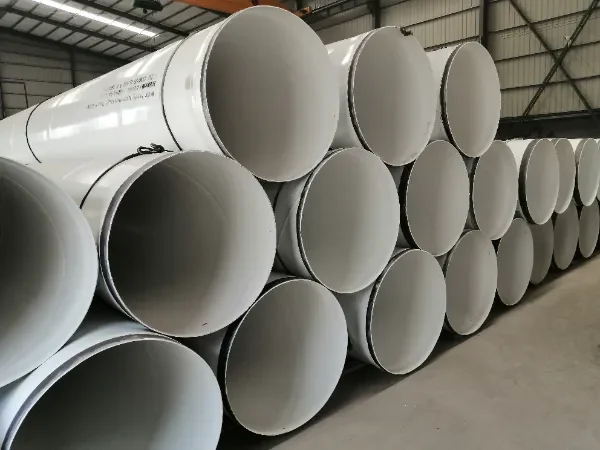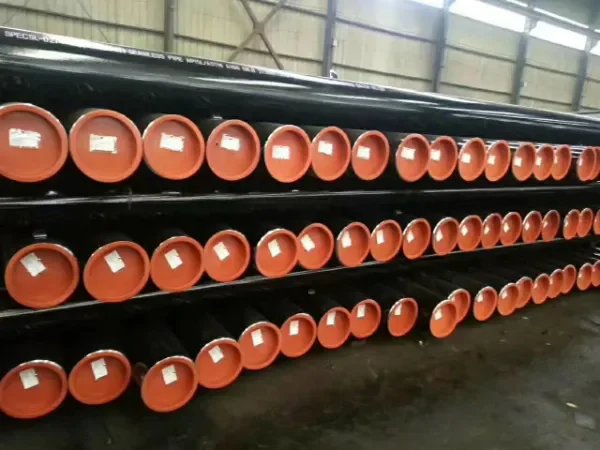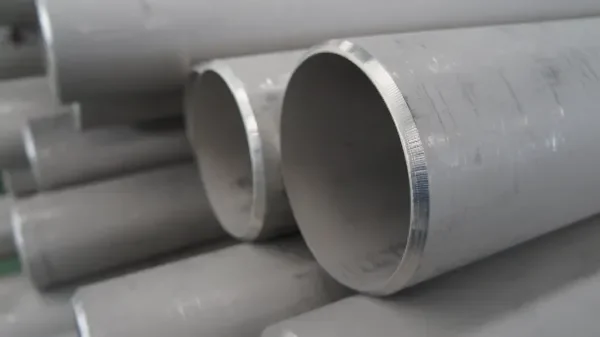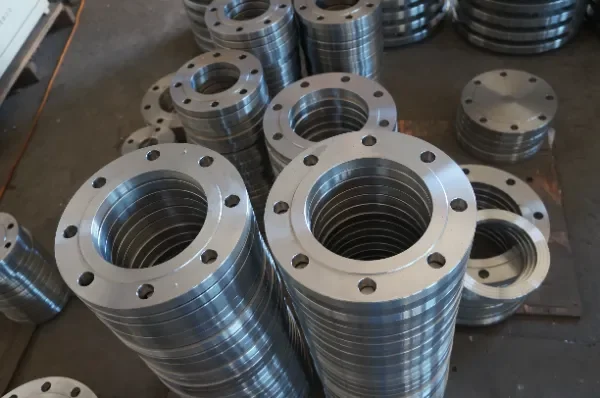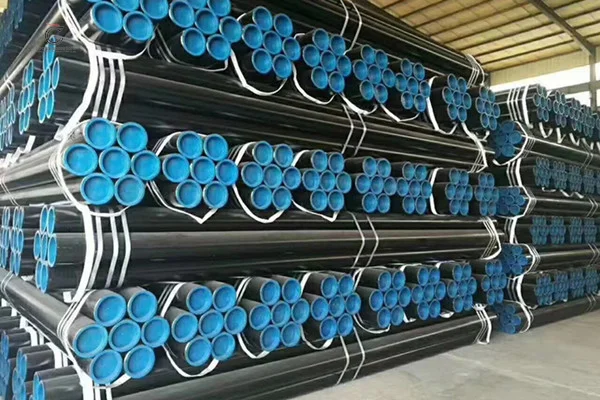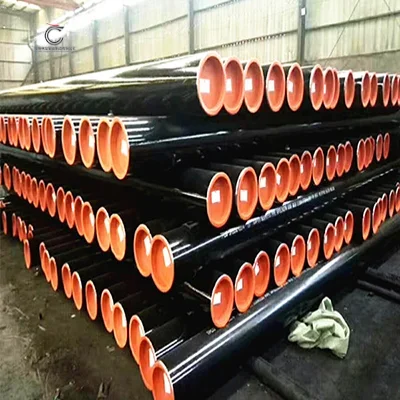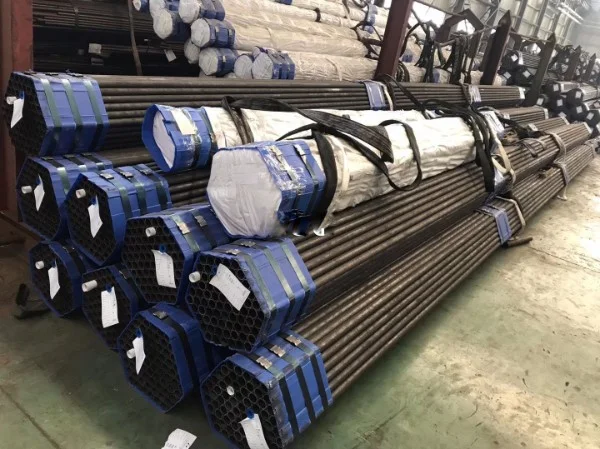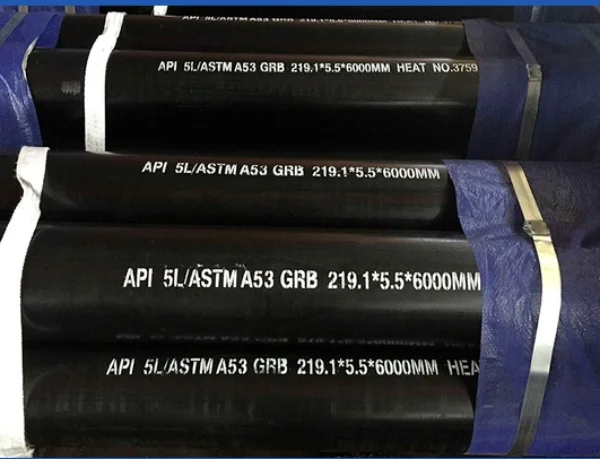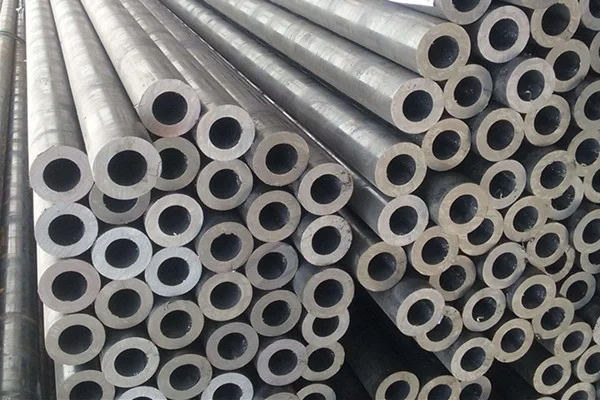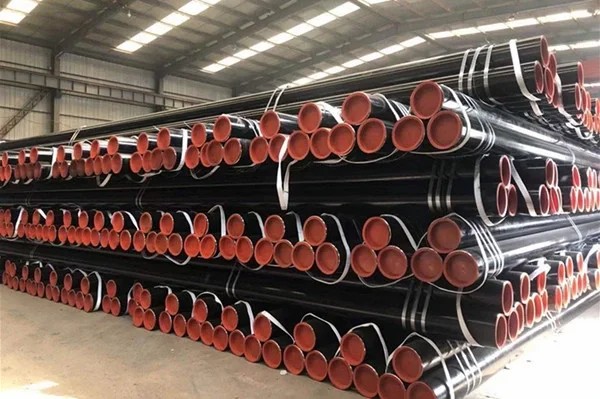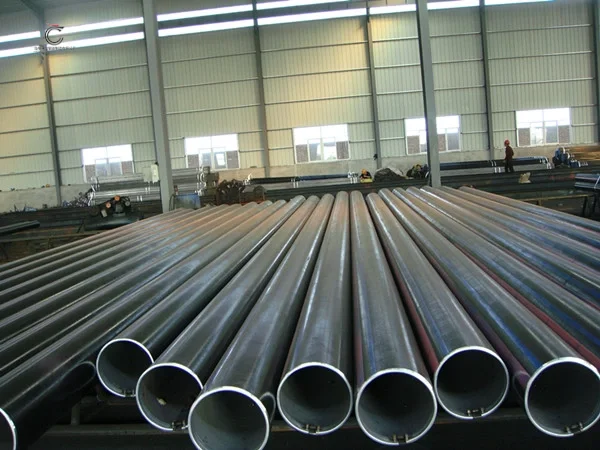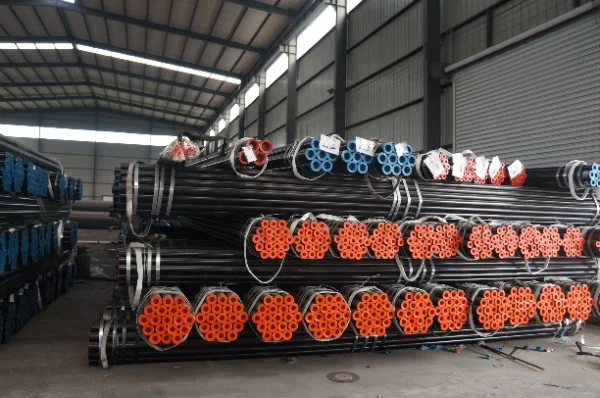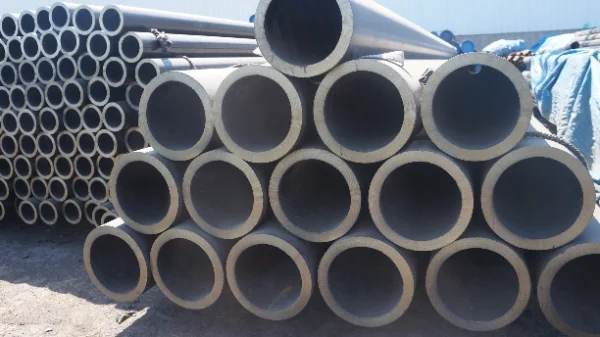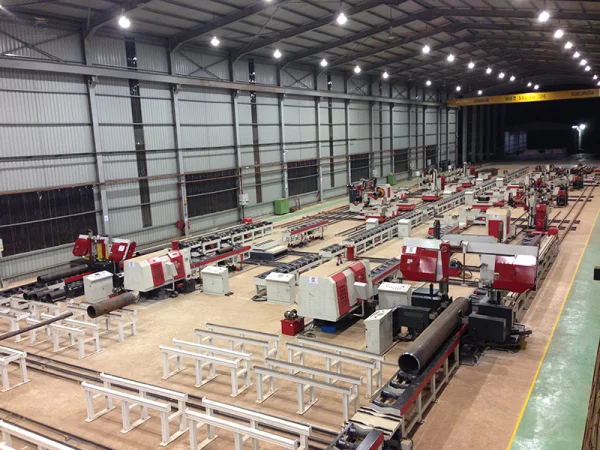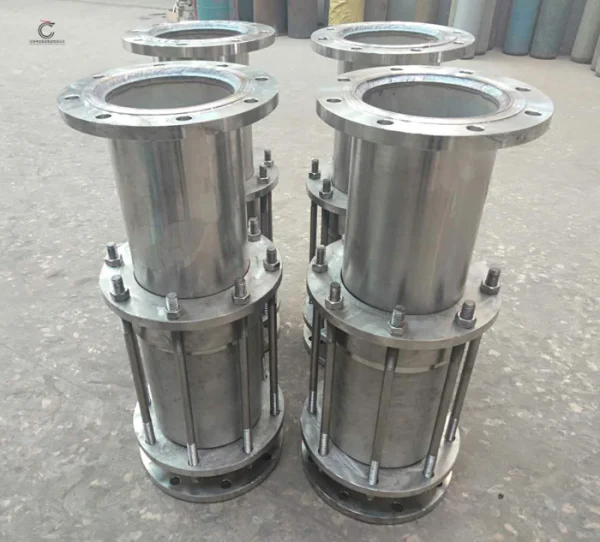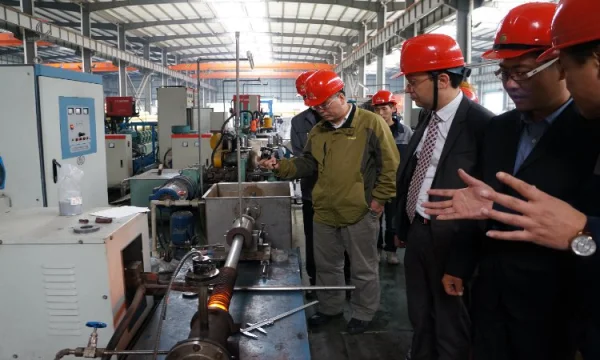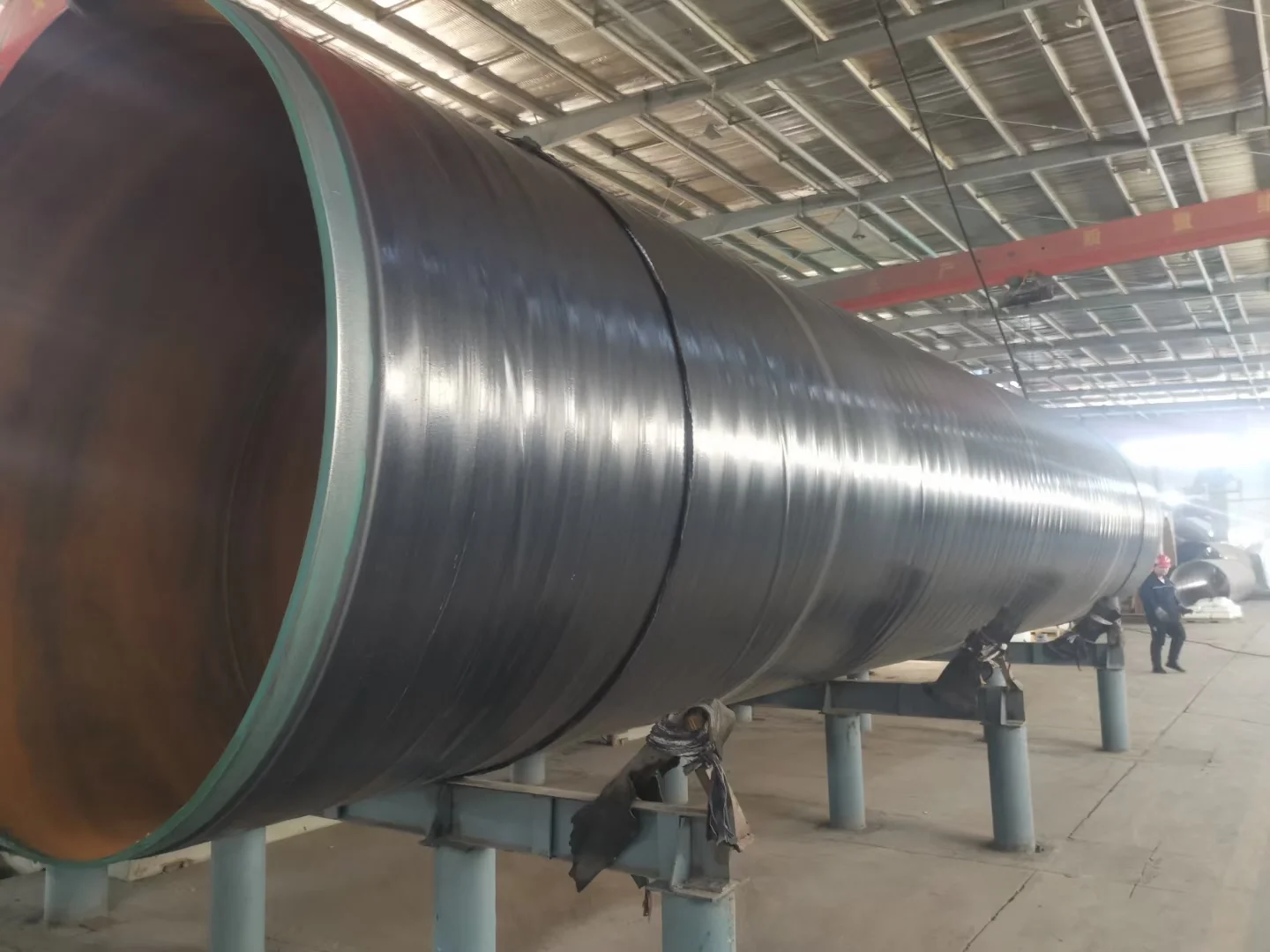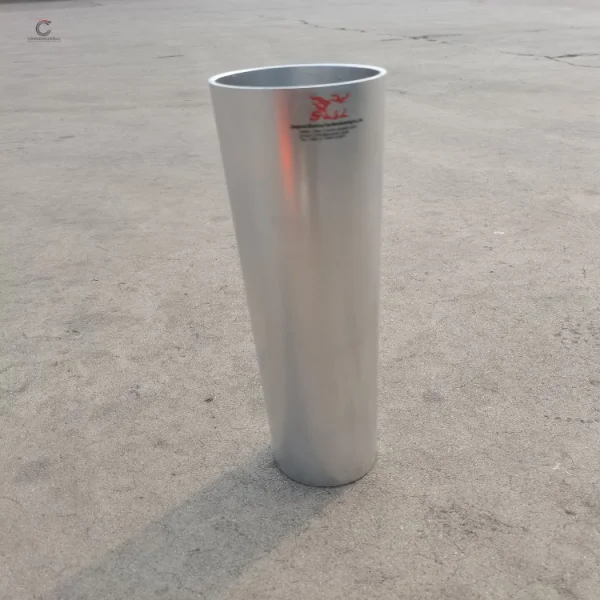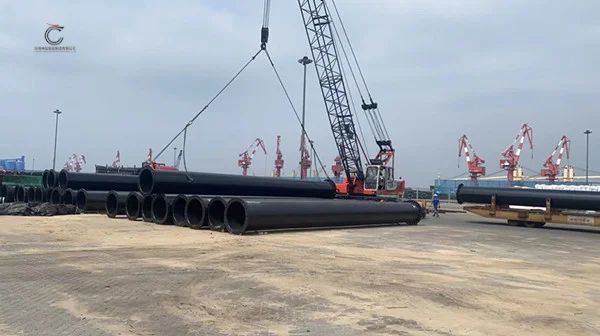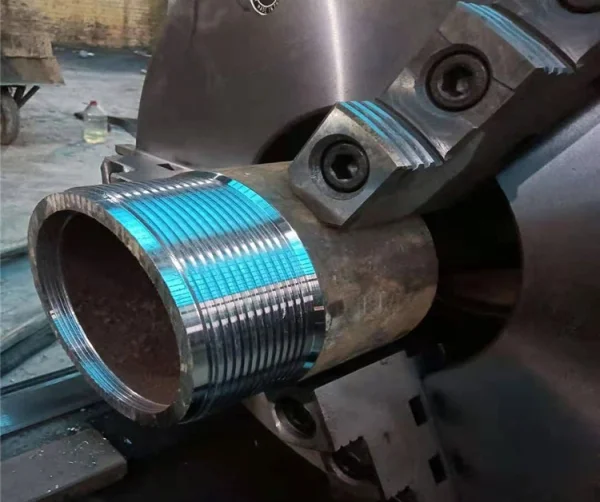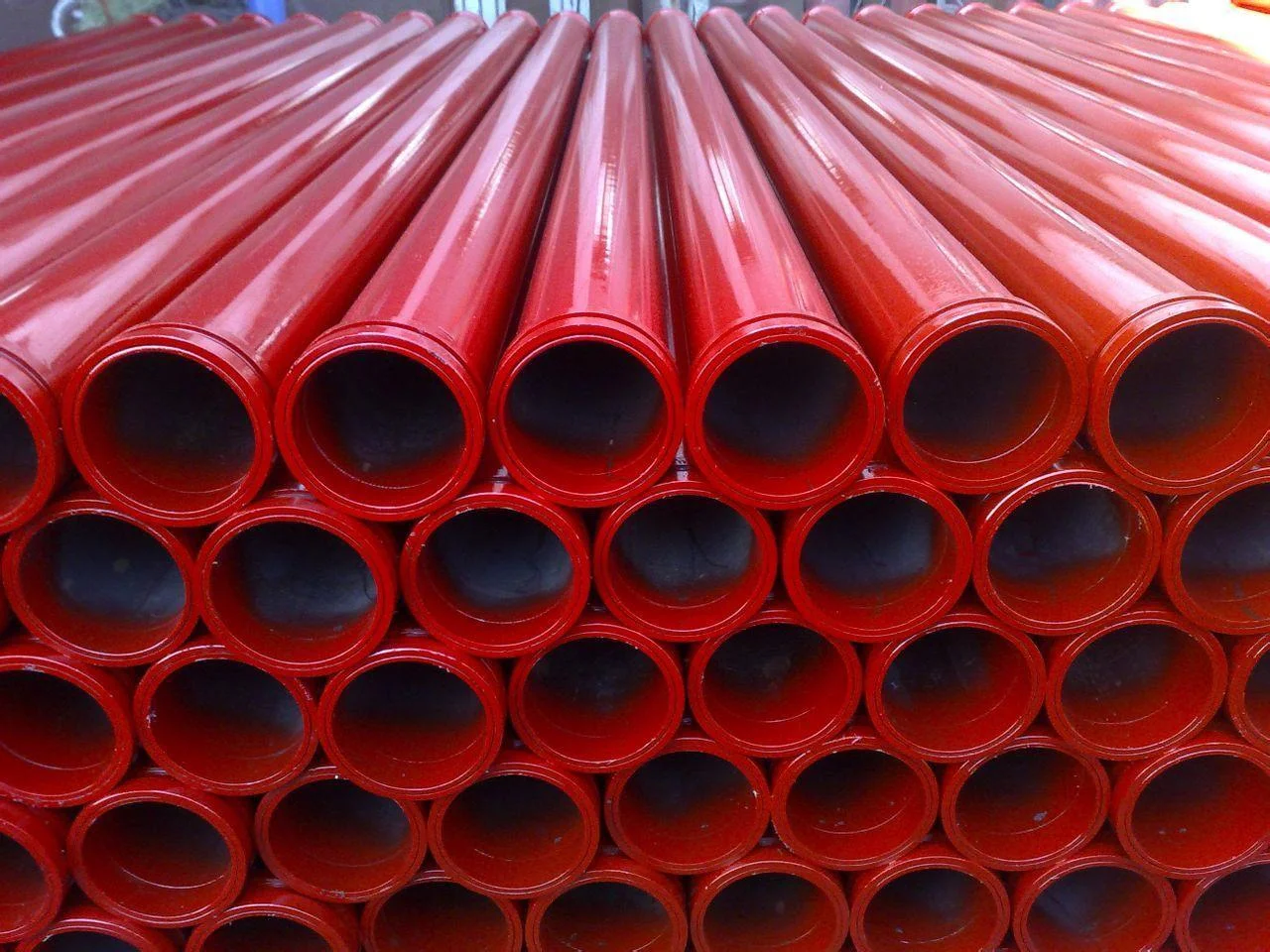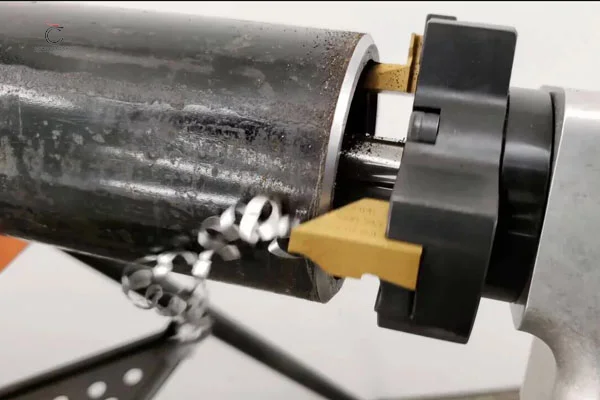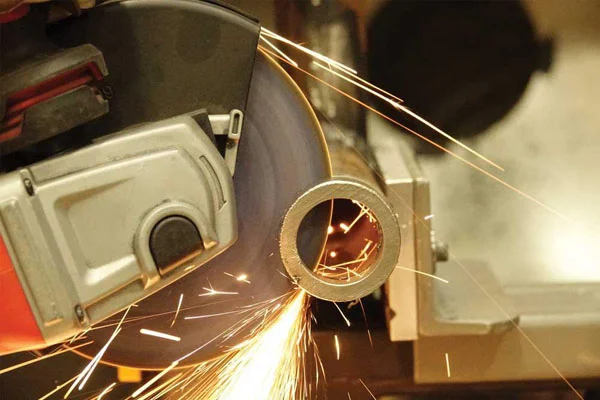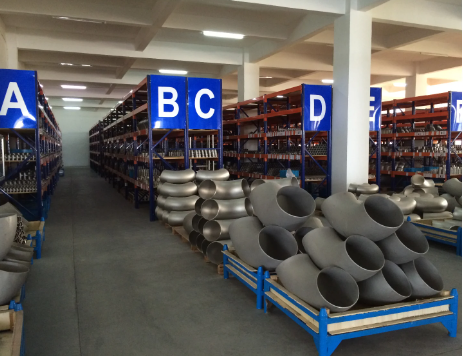Product List
Steel Sheet Pile
The seams are safe and suitable for long-dimension construction. Since the steel sheet pile is easy to make welded joints, the pile sections are spliced together, and the strength of the joints is equal to that of the base material, so the embedding depth that meets the needs can be determined.
Steel sheet pile type: Marine coat steel sheet pile, sheet piling, J-pocket pile, Type U steel sheet pile, Type Z steel sheet pile, Hot Rolled Sheet Piles,Cold Formed Precision Sheet Piles,Retaining walls steel sheet pile
Steel sheet pile materials: S355GP, S390GP, S430GP,S460GP,GR50,GR55,GR60,GR65,GR70,SY295,SY390 etc.
Steel sheet pile Standard: EN10248, EN10255, ASTM A572, JIS A5528, JIS A5523, GB/T20933, GB1591 etc.
Steel sheet pile specification: 400mm-width, 500mm-width, 600mm-width Length: 2-19m
Steel sheet pile usage: Revetment, quay wall, retaining walls, breakwater etc.
What is steel sheet pile
The steel sheet pile is made up of a steel sheet. It is a large cross-section width ensures that the mechanical properties of the cross-section are fully exerted. The cross-section structure is designed reasonably and has a high "quality factor". The steel sheet piles did not affect the use by weather conditions. It has significant environmental protection effects, greatly reducing the amount of borrowed soil and the use of concrete, effectively protecting land resources.
Advantages of steel sheet pile
Wide Selection of Shapes and Types
Sheet pile is available in a wide range of section modulus per meter of pile wall, ranging from 874 to 21,846 cm³/m. This allows the selection of the most economical type of sheet pile to meet the design requirements and the intended construction method.
Superb Drivability and Watertightness
The clearance between the two threaded interlocks is moderate enough to ensure both excellent drivability and reliable water tightness.
Application of steel sheet pile
● Port and harbor structures
● River revetments
● Retaining walls
● Cofferdams
U-sheet piles
U-piles are well-known around the world and have been used in civil engineering projects for over a century:
The U-pile has several advantages:
Wide selection of sections,
Excellent statical properties,
Highly suitable for re-use and driving into compact soils
Excellent installation quality and performance.

Elastic Section Modulus | Width | Weight | Height | Back Thickness | Web Thickness | Back Width | Moment of Inertia | Coating Area | |
Single Pile | Wall | ||||||||
Wᵧ | B | h | t | Iᵧ | A | ||||
cm³/m' | mm | kg/m | kg/m² | mm | mm | mm | mm | cm⁴/m' | m²/m' |
744 | 600 | 46,3 | 77,2 | 310 | 7,5 | 6,4 | 250,4 | 11.53 | 1,60 |
775 | 600 | 48,5 | 80,8 | 310 | 7,8 | 6,8 | 249,3 | 12.019 | 1,60 |
806 | 600 | 51,3 | 85,5 | 310 | 8,0 | 7,3 | 248,9 | 12.499 | 1,60 |
842 | 600 | 53,4 | 89,0 | 310 | 8,4 | 7,6 | 248,9 | 13.046 | 1,60 |
877 | 600 | 55,4 | 92,3 | 310 | 8,8 | 7,9 | 248,9 | 13.59 | 1,60 |
894 | 600 | 56,0 | 93,3 | 311 | 8,9 | 8,1 | 248,9 | 13.905 | 1,60 |
1.138 | 600 | 61,5 | 102,5 | 320 | 9,0 | 8,0 | 371,2 | 18.205 | 1,72 |
1.161 | 600 | 62,4 | 104,0 | 320 | 9,2 | 8,1 | 371,2 | 18.601 | 1,73 |
1.2 | 600 | 64,2 | 107,0 | 320 | 9,6 | 8,2 | 371,6 | 19.199 | 1,73 |
1.241 | 600 | 67,8 | 113,0 | 320 | 9,8 | 9,0 | 370,2 | 19.853 | 1,73 |
1.279 | 600 | 59,7 | 99,6 | 423 | 9,1 | 7,3 | 246,6 | 27.02 | 1,82 |
1.3 | 600 | 72,1 | 120,2 | 320 | 10,0 | 10,0 | 361,3 | 20.93 | 1,73 |
1.404 | 600 | 78,6 | 131,0 | 322 | 11,0 | 11,0 | 366,9 | 22.47 | 1,73 |
1.564 | 600 | 71,0 | 118,3 | 390 | 9,6 | 8,8 | 359,9 | 30.495 | 1,85 |
1.618 | 600 | 73,1 | 121,8 | 390 | 10,0 | 9,0 | 359,7 | 31.548 | 1,85 |
1.672 | 600 | 75,2 | 125,3 | 390 | 10,4 | 9,2 | 358,1 | 32.6 | 1,85 |
1.748 | 600 | 79,5 | 132,5 | 390 | 10,8 | 10,0 | 347,0 | 34.087 | 1,85 |
1.821 | 600 | 76,5 | 127,5 | 420 | 10,7 | 9,0 | 347,0 | 38.243 | 1,89 |
1.954 | 600 | 80,2 | 133,6 | 421 | 11,7 | 9,2 | 391,0 | 41.127 | 1,89 |
2.019 | 600 | 82,1 | 136,8 | 423 | 12,0 | 9,5 | 348,0 | 42.664 | 1,89 |
2.111 | 600 | 85,2 | 142,0 | 421 | 12,8 | 9,7 | 348,0 | 44.435 | 1,89 |
2.068 | 600 | 85,7 | 142,8 | 420 | 12,4 | 10,0 | 346,3 | 43.435 | 1,89 |
2.205 | 600 | 85,4 | 142,3 | 430 | 13,4 | 9,0 | 337,7 | 47.402 | 1,90 |
2.269 | 600 | 86,9 | 144,0 | 431 | 13,9 | 9,0 | 337,7 | 48.893 | 1,90 |
2.506 | 600 | 94,1 | 156,8 | 434 | 15,4 | 9,8 | 337,7 | 54.389 | 1,89 |
2.602 | 600 | 96,6 | 161,0 | 431 | 16,5 | 9,5 | 387,4 | 56.116 | 1,90 |
2.774 | 600 | 102,3 | 170,5 | 433 | 17,5 | 10,3 | 339,1 | 60.112 | 1,89 |
3.211 | 600 | 112,4 | 187,3 | 457 | 19,0 | 10,6 | 286,9 | 73.3 | 1,95 |
1.423 | 500 | 63,5 | 127,0 | 340 | 11,2 | 8,7 | 264,1 | 24.198 | 1,56 |
1.504 | 500 | 66,6 | 133,2 | 340 | 12,0 | 9,0 | 264,2 | 25.575 | 1,56 |
1.602 | 500 | 70,3 | 140,6 | 340 | 13,0 | 9,3 | 264,5 | 27.233 | 1,56 |
2.8 | 500 | 92,3 | 184,6 | 437 | 18,4 | 10,5 | 255,6 | 61.185 | 1,73 |
1.6 | 400 | 62,2 | 155,5 | 290 | 13,0 | 9,0 | 249,3 | 23.206 | 1,38 |
*Coating two sided without the inside of the interlocks
Z-Piles
Z-piles are defined by the continuous form of the web and the symmetrical placement of the interlocks on both sides of the neutral axis. This has a very positive effect on the section modulus of the sheet pile.
Z-piles have the following advantages:
Highly competitive section modulus/weight ratio,
Lighter than U-piles when comparing sections with equivalent section modules.
Increased moment of inertia,
Wider sections allowing high installation performance and improved water tightness.
Z-Piles are most commonly supplied and driven as double piles.

Elastic Section Modulus | Width | Weight | Height | Flange Thickness | Web Thickness | Moment of Inertia | Coating Area * | |
Single Pile | Wall | |||||||
Wᵧ | B | h | t | s | Iᵧ | A | ||
cm³/m' | mm | kg/m | kg/m² | mm | mm | mm | cm⁴/m' | m²/m' |
1.675 | 630 | 69,8 | 110,8 | 374 | 8,5 | 8,5 | 31.3 | 1,68 |
1.735 | 700 | 74,0 | 105,7 | 420 | 8,5 | 8,5 | 36.36 | 1,84 |
1.805 | 630 | 76,0 | 120,7 | 375 | 9,5 | 9,5 | 33.86 | 1,68 |
1.805 | 700 | 77,4 | 110,6 | 420 | 9,0 | 9,0 | 37.89 | 1,84 |
1.935 | 630 | 82,2 | 130,5 | 376 | 10,5 | 10,5 | 36.41 | 1,68 |
1.875 | 700 | 80,8 | 115,4 | 421 | 9,5 | 9,5 | 39.42 | 1,84 |
1.94 | 700 | 84,2 | 120,3 | 421 | 10,0 | 10,0 | 40.94 | 1,84 |
2.005 | 630 | 85,4 | 135,6 | 377 | 11,0 | 11,0 | 37.73 | 1,68 |
2.01 | 700 | 87,6 | 125,0 | 422 | 10,5 | 10,5 | 42.47 | 1,84 |
2.324 | 700 | 86,6 | 123,6 | 458 | 11,0 | 9,0 | 53.219 | 1,93 |
2.435 | 700 | 89,5 | 127,9 | 459 | 12,0 | 9,0 | 55.87 | 1,93 |
2.517 | 700 | 93,1 | 133,0 | 460 | 12,5 | 9,5 | 57.828 | 1,93 |
2.6 | 700 | 96,7 | 138,1 | 460 | 13,0 | 10,0 | 59.81 | 1,93 |
2.682 | 700 | 100,3 | 143,3 | 461 | 13,5 | 10,5 | 61.78 | 1,93 |
2.765 | 700 | 103,9 | 148,4 | 461 | 14,0 | 11,0 | 63.75 | 1,93 |
2.932 | 700 | 111,1 | 158,8 | 462 | 15,0 | 12,0 | 67.735 | 1,92 |
3.58 | 700 | 116,2 | 166,1 | 509 | 14,0 | 11,5 | 91.13 | 2,11 |
3.69 | 700 | 120,2 | 171,8 | 510 | 14,5 | 12,0 | 94 | 2,11 |
3.8 | 700 | 124,2 | 177,4 | 510 | 15,0 | 12,5 | 96.86 | 2,11 |
3.905 | 700 | 128,2 | 183,1 | 511 | 15,5 | 13,0 | 99.72 | 2,11 |
4.015 | 700 | 132,2 | 188,8 | 511 | 16,0 | 13,5 | 102.59 | 2,11 |
* Coating two sided without the inside of the interlocks
Elastic Section Modulus | Width | Weight | Height | Flange Thickness | Web Thickness | Moment of Inertia | Coating Area | |
Single Pile | Wall | |||||||
Wᵧ | B | h | t | s | Iᵧ | A | ||
cm³/m' | mm | kg/m | kg/m² | mm | mm | mm | cm⁴/m' | m²/m' |
1.208 | 700 | 67,9 | 97,0 | 314 | 8,6 | 8,5 | 18.971 | 1,82 |
1.252 | 770 | 72,8 | 94,5 | 344 | 8,6 | 8,5 | 21.496 | 1,96 |
1.308 | 700 | 74,2 | 105,9 | 315 | 9,6 | 9,5 | 20.611 | 1,82 |
1.304 | 770 | 76,2 | 99,0 | 344 | 9,1 | 9,0 | 22.433 | 1,96 |
1.408 | 700 | 80,5 | 114,9 | 420 | 10,6 | 10,5 | 22.262 | 1,82 |
1.357 | 770 | 79,6 | 103,4 | 345 | 9,6 | 9,5 | 23.37 | 1,96 |
1.735 | 700 | 73,3 | 104,7 | 420 | 8,5 | 8,4 | 36.425 | 1,97 |
1.807 | 700 | 76,7 | 109,6 | 421 | 9,1 | 9,0 | 38.001 | 1,97 |
1.88 | 700 | 80,2 | 114,6 | 421 | 9,6 | 9,5 | 39.578 | 1,97 |
1.953 | 700 | 83,7 | 119,5 | 422 | 10,1 | 10,0 | 41.155 | 1,97 |
2.437 | 700 | 95,8 | 136,9 | 459 | 11,3 | 11,2 | 55.949 | 2,05 |
2.601 | 700 | 103,0 | 147,1 | 460 | 12,3 | 12,2 | 59.843 | 2,05 |
2.676 | 700 | 106,4 | 152,0 | 461 | 12,8 | 12,7 | 61.641 | 2,05 |
2.764 | 700 | 110,1 | 157,3 | 461 | 13,3 | 13,2 | 63.74 | 2,05 |
3.596 | 700 | 118,7 | 169,6 | 499 | 15,1 | 11,2 | 89.753 | 2,18 |
3.798 | 700 | 126,5 | 180,7 | 500 | 16,1 | 12,2 | 94.984 | 2,18 |
3.999 | 700 | 134,3 | 191,8 | 501 | 17,1 | 13,2 | 100.219 | 2,18 |
4.228 | 700 | 143,0 | 204,2 | 499 | 18,1 | 14,0 | 105.543 | 2,17 |
4.436 | 700 | 150,7 | 215,3 | 500 | 19,1 | 15,0 | 110.942 | 2,17 |
4.635 | 700 | 158,5 | 226,5 | 501 | 20,1 | 16,0 | 116.159 | 2,17 |
4.801 | 580 | 139,9 | 241,1 | 482 | 19,2 | 15,1 | 115.712 | 2,01 |
4.788 | 700 | 159,3 | 227,6 | 503 | 22,1 | 15,0 | 120.467 | 2,17 |
4.973 | 700 | 166,7 | 238,2 | 504 | 23,1 | 16,0 | 125.358 | 2,17 |
5.162 | 700 | 174,3 | 249,0 | 505 | 24,1 | 17,0 | 130.403 | 2,17 |
*Coating two sided without the inside of the interlocks
Cold Formed Precision Sheet Piles
Main applications are small retaining walls, temporary and permanent cofferdams with low requirements in water tightness, anchor screens of quay walls, reinforcement of dykes and river embankments.
Advantages of cold formed and cold rolled sheet piling:
Less material = lower weight per m²
Larger effective width = less interlocks
Fewer sheet piles per wall = Less handling
Suitable for smaller quantities and projects










